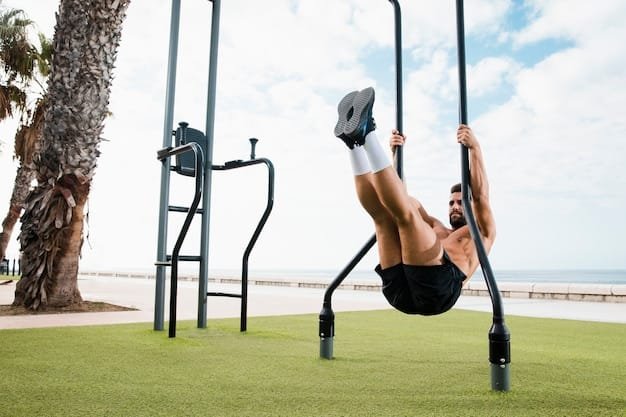
Pole fitness is a vigorous and active form of exercise that works on strength, flexibility, and artistry at the same time. Considering its uniqueness, the engagement with every exercise allows the participant to strengthen the inner muscles of their body and improve balance and coordination. In either case whether you’re a novice or an expert in pole fitness, there exists a set of strength exercises that enables you to develop your muscles as well as overall fitness of the body.
Basics spins and advanced inversions can all be performed with the pole that acts as a tool and a companion in the quest to achieve physical empowerment. The consideration with pole fitness is that it can be suitable for anyone regardless of their fitness level and everybody is allowed to take their time to improve.
Furthermore, apart from building the physical attributes’ pole fitness has a positive impact in the sense that it builds a community where further progress of every individual can be made and inspire everyone else. Ripple effect of pole fitness is even more powerful as one can hardly resist a desire to reveal more about oneself and simply love one’s body through workouts.
Why Strength Training is Essential for Pole Fitness?
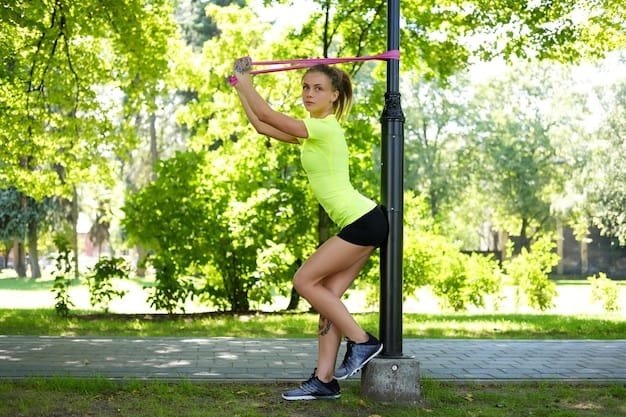
Pole fitness is a three-dimensional activity that is dance, gymnastics, and fitness combined into one, thus diverse skills are needed. While climbing, spinning, and inverting the pole, several muscle groups are called upon, hence strength training becomes important for a number of reasons:
Injury Prevention
A well-built body is capable of coping upwards demand of pole fitness and hence drastically minimizes the chances of getting injured frequently. Strength training stabilizes the joints, increases abdominal stability, and enhances body flexibility as well as correlating movement awareness. This foundation allows performing more advanced movement patterns in combinations and transitions with less risk of injury.
Increased Performance
In pole fitness, there is a linear relationship between strength and performance. The firmer you are the greater the ability to protract and spin creating elegant movements without much strain. Better musculature improves on dexterity of motion allowing maximum output without much exertion.
Improved Confidence
Gaining strength helps not only in performing certain physical activities but in raising faith in oneself as well. This optimistic disposition makes it feasible for you to work on more difficult moves during practice and make courageous attempts furthering your progress in pole fitness and enjoyment in the process.
3 Pole fitness strength exercises
Exercise 1: Pulling Strength – Pole Pull-Up
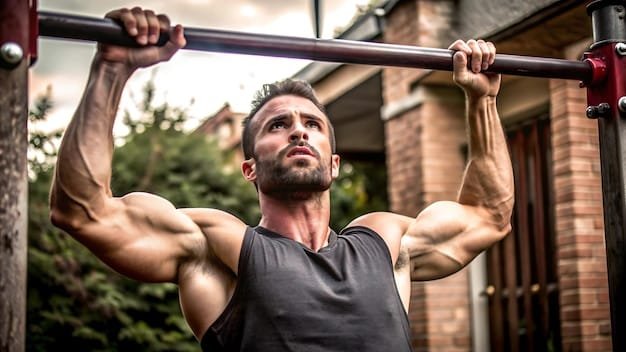
The pole pull-up is a critical pulling movement, mainly concentrating on the upper back, shoulders, and biceps. To execute this motion, grip the pole at shoulder width, with palms in the downward position. Brace your overhanging abdominal muscles and commence the pole hold with your torso straightened.
The first action of the pull-up requires you to bend elbows downwards and inwards, with the upper body pulling your chin over the pole. Hence concentrate towards your lowering leg to the base position with control. Keep repeating times hoping to improve then the strength takes longer than hoped. It is worthwhile to integrate pull-ups into your pole fitness workouts as this develops not only strength but also self-efficacy to attempt many other complex moves on the pole.
Exercise 2: Core and Hip Flexor Strength – Knee Tucks
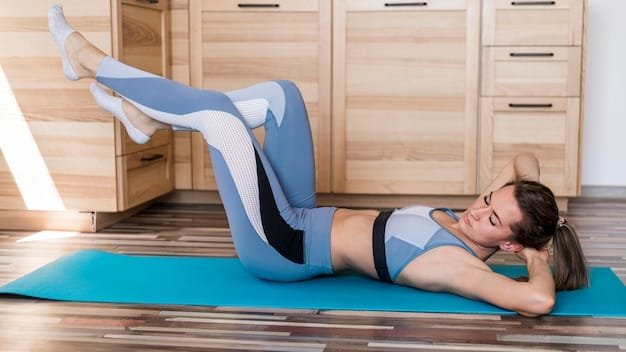
Knee tucks are a unique exercise that helps with core strength and hip flexor usage, which is important in performing different pole techniques. To execute this exercise, assume a pole sit with a thigh grip on the pole. Go backward just a little at this angle while engaging the core muscles. Initiate the motion by bringing the knees in to the chest with the help of the core muscles.
When the knees are nearing the chest, the legs and arms should be locked on the pole firmly. When this is achieved, go back to stretching the legs out but this time round, the core should be held tight, and you should do this for several repetitions. This exercise also improves the legs’ flexes, an essential aspect as one trains for advanced pole tricks since one has great dexterity.
Exercise 3: Training the Tip Back – Inverted Hang
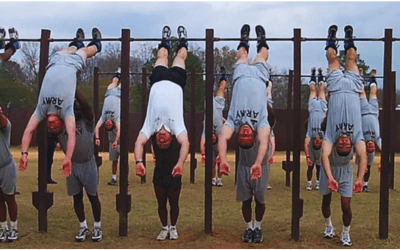
You should start training the tip back initiatively through the inverted hang as it’s a useful way of enhancing the shoulders while gaining various body levers on and off the pole. This activity can be started from a sitting or standing position on quite a normal height of the pole, swinging very slowly into an inverted position. Wrap your legs around the pole and lean back so that your body is hanging and your arms pull low on the pole.
Keep your shoulder blades pulled in as well as your abdominal muscles as long as this is static. Here the emphasis should be how one’s back should not be overly arched but the toes should all still remain in one’s face. Maintain this until failure with the aim of increasing the time progressively over the days. This move works on the prerequisite strength of subsequent moves while maintaining the control of the pole and balance.
Creating a Strength Training Routine
When incorporating these exercises into your pole fitness routine, consider the following tips:
Warm-Up:
Always start with a warm-up to prepare your muscles and prevent injuries. Dynamic stretches and light cardio can help get your blood flowing.
Balance:
Include a mix of upper body, core, and lower body exercises to ensure a balanced strength program.
Rest:
Allow adequate rest between workouts to give your muscles time to recover and grow stronger.
Consistency
Aim to incorporate strength training into your routine at least two to three times a week for optimal results.
Conclusion
Strength training is a vital component of pole fitness that can significantly enhance your performance and safety on the pole. By focusing on exercises that build upper body, core, and lower body strength, you’ll develop the foundation needed to tackle more advanced moves and tricks. Remember, progress takes time, so be patient with yourself and celebrate your achievements along the way. With dedication to strength training, you’ll not only improve your pole skills but also boost your confidence and overall fitness. Embrace the journey, and enjoy the process of becoming a stronger, more skilled pole dancer!